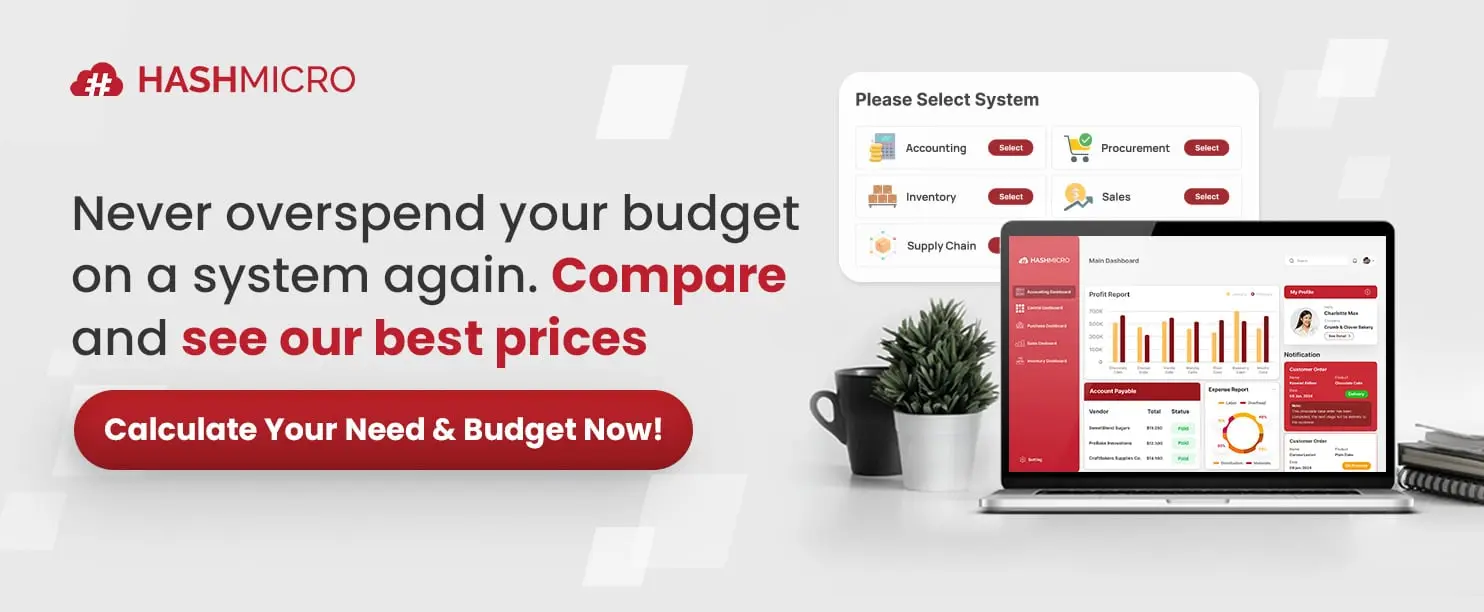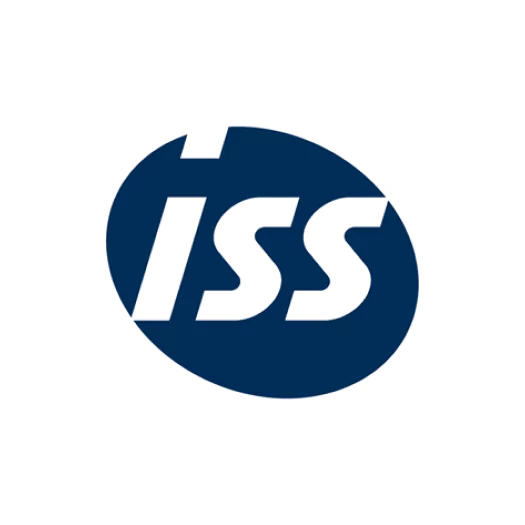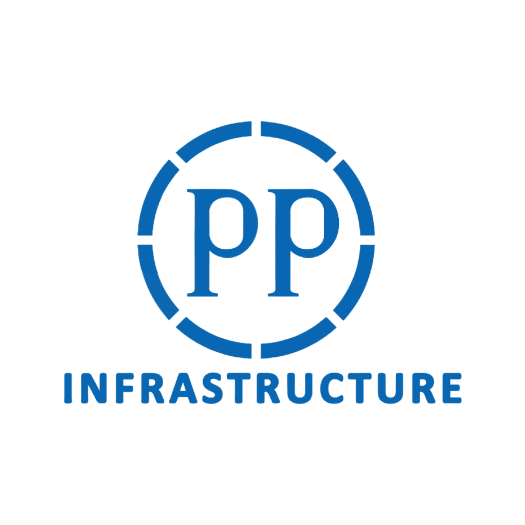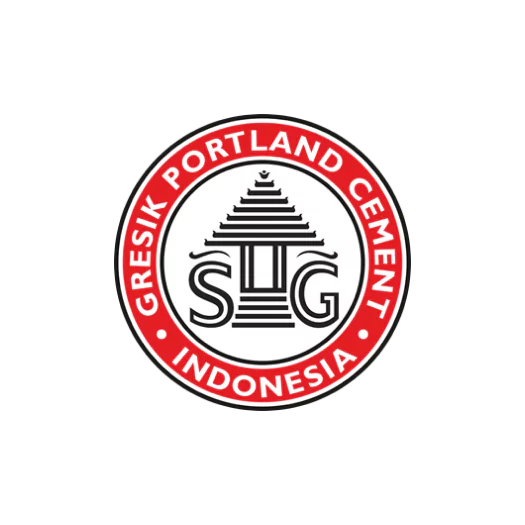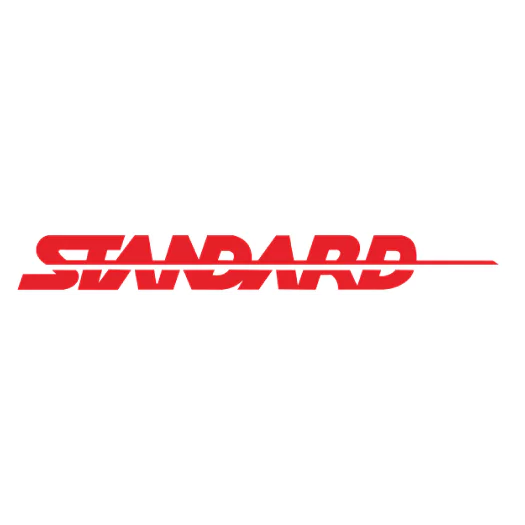Imagine designing critical components without the right engineering design software. Disorganised files, version conflicts, and slow manual processes can quickly lead to costly rework and missed deadlines. These challenges grow even more serious as projects become more complex and time-sensitive.
In Malaysia, many engineering firms still rely on manual tools that limit collaboration and accuracy. Despite the manufacturing sector contributing 24.1% to GDP in Q1 2024, digital design adoption remains uneven. This slows project cycles and increases risk in technical execution.
Modern engineering design software helps streamline workflows, centralise project data, and improve version control across teams. With so many platforms available, selecting the most effective one can be challenging. To explore smarter, more efficient design solutions, try a free demo of HashMicro’s system while continuing with this guide.
Key Takeaways
|

What is Software Design in Software Engineering?
Software design in software engineering is the systematic process of creating a detailed plan for the structure, components, interfaces, and data of a software system. It is the step that transforms user requirements into a blueprint that guides the actual coding process. This stage ensures that the software system is both logically coherent and technically viable.
This design phase allows engineers to map out the system’s behaviour and structure, laying down clear foundations for development. It involves determining how individual modules interact and how data will flow throughout the application.
In the context of engineering, especially for disciplines like mechanical engineering and architectural design, software design also encompasses 3D modelling, simulation, and integration of multiple systems. These aspects ensure the software can support mass production and real-time collaboration.
Benefits of Engineering Design Software
Investing in engineering design software brings measurable value for companies in the mechanical and architectural sectors. Before choosing a platform, it is important to understand the key benefits it provides:
-
Improved design accuracy: Through CAD software and 3D modeling tools, errors from manual calculations or drawings are significantly reduced. Moreover, precision modeling helps teams identify problems early.
-
Faster project turnaround: Automation and simulation tools allow engineers to complete designs faster. Consequently, this leads to shorter development cycles and quicker delivery.
-
Enhanced collaboration: Integrated platforms allow multiple teams to work on the same model simultaneously. This, in turn, improves cross-functional collaboration across locations.
-
Better version control and documentation: Design software usually includes version history and document control features. As a result, teams maintain consistency, reduce confusion, and support traceability.
-
Seamless integration with ERP systems: Many engineering tools also sync with ERP software for engineering. This alignment ensures production, budgeting, and procurement remain in sync.
12 Best Engineering Design Software in Malaysia
We’ve compiled a list of the top 12 software options to help Malaysian firms find solutions aligned with their technical and operational needs. Additionally, each platform offers unique strengths and limitations, giving you flexibility in choosing the best fit.
Explore our recommendations to streamline project coordination, enhance documentation accuracy, and improve collaboration across engineering teams.
1. HashMicro

HashMicro’s Engineering Design Software is a cloud-based solution designed to assist engineering teams in planning, designing, and managing technical projects more efficiently. It offers integrated tools to support a wide range of design activities, from drafting and documentation to version control and team collaboration.
The platform allows users to experience its features in real time, making it easier for engineers and project leads to assess how the software fits their technical requirements and workflow needs before full implementation.
Here are the key features of HashMicro’s Engineering Design Software:
-
Centralized Design Management: Consolidates project files, models, and revisions into one workspace. Consequently, teams can work on shared designs with organized version histories.
-
Technical Drawing Tools: Provides tools for accurate 2D schematics and technical illustrations, often required in architectural and mechanical designs.
-
Real-Time Collaboration: Enables multiple users to work simultaneously, improving coordination and reducing rework.
-
Project Tracking and Documentation: Monitors design progress and generates reports to simplify audit trails.
-
Component and Material Library: Offers a configurable catalog of standard parts to maintain consistency and reduce repetitive work.
-
Cloud Storage and Access Control: Ensures secure storage, remote access, and custom permissions for file management.
| Pros | Cons |
|
|
If you’re interested in learning how HashMicro Engineering Design Software enhances design accuracy and improves collaboration, click the banner below to explore features and pricing.
2. AutoCAD

AutoCAD remains one of the most widely used tools for technical drafting across engineering and architectural fields. Its precise 2D and 3D capabilities make it a dependable choice for firms handling detailed drawings. Moreover, its long-standing reputation ensures compatibility with suppliers, contractors, and project partners.
However, AutoCAD can feel overwhelming for beginners due to its extensive toolset. While powerful, it often requires proper training to maximize efficiency. Additionally, it may not include advanced simulation features found in more specialized platforms.
Key Features:
- 2D drafting and 3D modeling tools
- Layer management and annotation tools
- File compatibility with DWG and DWF formats
| Pros | Cons |
|
|
3. SolidWorks

SolidWorks is a leading choice for mechanical engineering, product development, and manufacturing workflows. Its 3D modeling tools allow engineers to visualize and refine designs with high accuracy. Additionally, the software includes simulation functions that help teams identify potential issues before production begins.
Besides its strong modeling capabilities, SolidWorks offers an intuitive interface that supports rapid design changes. This makes it especially useful for industries requiring continuous prototyping. However, it demands capable hardware and may present higher licensing costs.
Key Features:
- Parametric 3D modeling
- Creation of 2D technical drawings from models
- Visual design testing tools
| Pros | Cons |
|
|
4. CATIA

CATIA excels in complex modeling for aerospace, automotive, and advanced mechanical work. It handles multi-system assemblies and intricate surfaces with high precision. Moreover, its robust design environment supports large projects requiring strict accuracy.
Despite its strengths, CATIA has a steep learning curve and demands significant training. Its cost also makes it better suited for large engineering teams with complex needs. Consequently, smaller firms may find it harder to justify the investment required.
Key Features:
- 3D modelling for products and components
- Surface and geometric structure design
- Support for multi-disciplinary design
| Pros | Cons |
|
|
5. Fusion 360

Fusion 360 is a cloud-based modeling tool widely used for product design and engineering. It supports 3D modeling, simulation, and manufacturing preparation in one platform. Moreover, its cloud environment helps teams access files easily and collaborate across locations.
The software is well suited for medium-level engineering work and rapid prototyping needs. Its integrated simulation tools allow early testing of designs to reduce rework. Additionally, the platform’s subscription model offers flexibility for growing teams.
Key Features:
- Basic 3D modeling and rendering
- Simple simulation features
- Cloud-based collaboration
| Pros | Cons |
|
|
6. SketchUp

SketchUp is known for its intuitive interface, making it popular for architectural and interior design projects. It allows users to build conceptual 3D models quickly and refine them with ease. Furthermore, its large library of assets helps teams visualize ideas faster.
While SketchUp excels in early-stage design, it may lack depth for highly technical engineering tasks. Its simplified tools are ideal for preliminary drawings rather than advanced simulations. Nevertheless, its ease of use makes it valuable for fast drafting work.
Key Features:
- Sketch-based 3D design
- Ready-to-use object library
- Image and model export options
| Pros | Cons |
|
|
7. Siemens NX

Siemens NX integrates design, simulation, and production planning in a single advanced ecosystem. It is widely used in industries that require high precision and complex engineering outputs. Additionally, its strong modeling tools support detailed workflows and system-level design.
The platform is ideal for teams needing powerful engineering capabilities and end-to-end integration. However, its complexity requires structured training for new users to adapt effectively. Consequently, it is better suited for large firms with specialized design needs.
Key Features:
- Assembly and engineering design
- Process and product strength simulation facilities
- Manufacturing modules for production line setup
| Pros | Cons |
|
|
8. BricsCAD

BricsCAD is engineering design software used for drawing and creating technical designs. This application is widely chosen by users who are familiar with CAD-based work environments for everyday technical needs.
BricsCAD provides drawing and technical document creation tools that can be applied in various sectors, such as construction, planning, and civil engineering.
Key Features:
- CAD-based technical drawing
- Support for DWG files
- The commands and interface are similar to other CAD platforms
| Pros | Cons |
|
|
9. TinkerCAD

TinkerCAD is web-based software used to create digital engineering designs. This application is often used for engineering design introduction, education, and practising creating simple objects.
This platform provides basic tools that allow users to assemble engineering shapes with a drag-and-drop system. It is suitable for new users who want to learn the basics of design in a practical way.
Key Features:
- Browser-based usage without installation
- Visual interface for assembling objects
- File export feature to standard digital print formats
| Pros | Cons |
|
|
10. FreeCAD

FreeCAD is open-source engineering design software used to create basic engineering models. This application is often chosen by users looking for a free solution for drawing and editing engineering designs.
This software can be applied in various fields, especially for experiments, learning, or small to medium-scale design development.
Key Features:
- Support for parametric design
- Compatible with various engineering file formats
- Basic tools for drawing and layout
| Pros | Cons |
|
|
11. Alibre Design

Alibre Design is engineering design software used to create and edit mechanical components digitally. This application is used by businesses or individuals who need a simple platform to create product designs.
It is commonly used in engineering fields that prioritize the digital compilation of components and technical documentation with a modular structure.
Key Features:
- Support for part and assembly creation
- Tools for creating technical drawings
- Basic features for editing and measuring dimensions
| Pros | Cons |
|
|
12. PTC Creo

PTC Creo is engineering design software used to create product models and technical documentation. This application is used by companies that need tools to systematically assemble technical components.
This software is commonly used in industrial sectors that require technical drawings and product element configuration in a single work system.
Key Features:
- Tools for creating parts and assemblies
- Technical drawing features
- Ability to integrate design documentation
| Pros | Cons |
|
|
How to Choose the Best Engineering Design Software

Choosing the right engineering design software requires evaluating both technical and operational needs. A structured selection process helps you identify tools that support accuracy, collaboration, and long-term scalability. Below are the key factors to guide your decision.
1. Industry compatibility
The software should align with your engineering discipline, whether mechanical, civil, architectural, or product design. Specialized platforms often deliver better modeling precision and more relevant features. Therefore, choosing software built for your field ensures reliable output.
2. Feature set
Evaluate essential functions such as 2D and 3D modeling, simulation, collaboration tools, documentation management, and revision control. Additionally, consider whether the system integrates smoothly with production or project management tools. Strong features directly reduce rework and improve efficiency.
3. Scalability and licensing
As engineering teams grow, software requirements evolve. Look for platforms that scale with your project size, team structure, and collaboration needs. Flexible licensing helps companies manage costs while expanding capabilities when needed.
4. Ease of use and learning resources
User-friendly interfaces can significantly shorten onboarding time. Moreover, accessible learning resources, tutorials, and support documentation help teams adapt quickly. A platform that is easy to use encourages consistent adoption across departments.
5. Local support and community
Reliable support is essential for troubleshooting technical issues and ensuring uninterrupted workflows. Choosing software with local or regional support improves response times. Meanwhile, active user communities offer shared insights, templates, and practical guidance.
Conclusion
Choosing the best engineering design software is essential for improving design accuracy, strengthening collaboration, and speeding up project cycles. With many firms in Malaysia still balancing manual processes and rising complexity, the right digital tools can significantly enhance productivity and reduce costly errors.
HashMicro’s Engineering Design Software offers an integrated environment where teams can manage drawings, track revisions, collaborate in real time, and maintain complete documentation control. Furthermore, its cloud-based workspace supports scalability, secure sharing, and smooth coordination across engineering, design, and production teams.
If your organization is ready to streamline workflows and elevate technical output, now is the perfect time to explore smarter design solutions. Book a free demo of HashMicro’s system today and discover how it can transform your engineering processes with greater precision and efficiency.
Question About Engineering Design Software
-
What CAD software do most engineers use?
Many engineering teams now choose HashMicro’s Engineering Design Software because it offers an integrated approach to managing technical drawings, design revisions, and project workflows. While platforms like AutoCAD, SolidWorks, and CATIA remain common for specific design needs, HashMicro provides added value through centralized control and real-time updates. As a result, it is ideal for firms seeking seamless collaboration and complete visibility in their design process.
-
Which software is best for engineering?
Many engineering teams now choose HashMicro’s Engineering Design Software because it offers an integrated approach to managing technical drawings, design revisions, and project workflows. While platforms like AutoCAD, SolidWorks, and CATIA remain common for specific design needs, HashMicro provides added value through centralized control and real-time updates. As a result, it is ideal for firms seeking seamless collaboration and complete visibility in their design process.
-
What is SRS in software engineering?
SRS stands for Software Requirements Specification, a formal document outlining all functional and non-functional requirements of a system. Additionally, it provides clarity for developers and stakeholders by defining expectations early in the project. This ensures alignment throughout the development cycle and reduces the risk of costly misunderstandings.
-
What is UML in software engineering?
UML, or Unified Modeling Language, is a standardized visual language used to illustrate the structure and behavior of a software system. It helps teams visualize system architecture before development begins. Moreover, UML diagrams enable clearer communication among developers and stakeholders, improving planning and decision-making.











